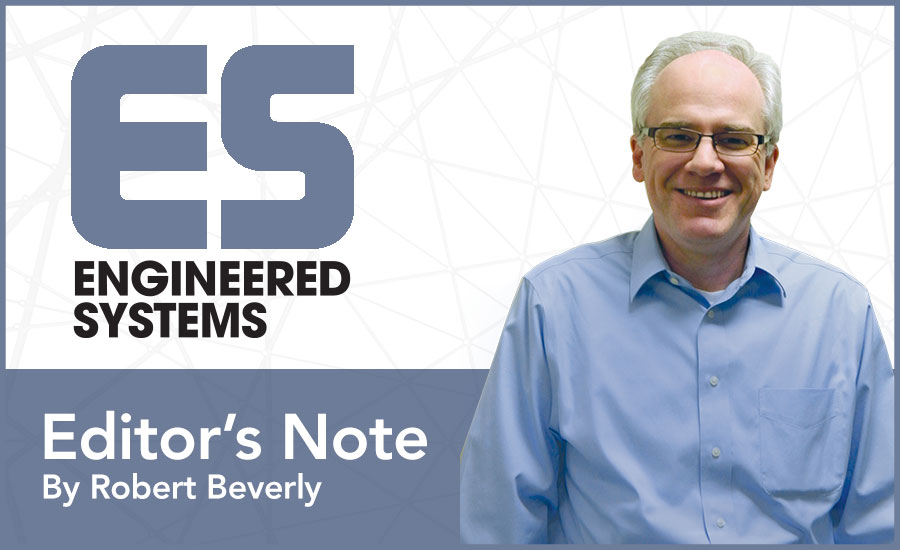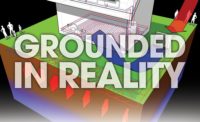Spring is finally springing, and just as blossoms start blooming, white papers and extra engineering content on our website will start … papering? Kinda backed myself into a corner there, didn’t I? You get the idea.
In particular, look for insights on controlling wrap-around heat pipes for systems with strict humidity requirements. We’ll post that white paper this month, written by Michael Davis, P.E. of Flow Tech.
In addition, you can take in the argument for “Challenging Conventional Wisdom,” as contributed by Robert Landes of Daikin Applied. His paper will endeavor to give you a holistic view of the air-cooled vs. water-cooled comparison, with 300- to 1,000-ton systems especially in mind.
Just look at the Resources dropdown at the top of the homepage and follow it to the White Papers section.
Two Down, Three To Go
Our five-part Kohler-sponsored webinar series on standby power and generator issues is off to a great start after big audiences for the first two in March and April. If you missed them, you can drop by the website, register, and watch them for free. You’ve got some time to catch up on those before the remaining three commence:
September 28 – Part 3: Generator Integration To The Electrical System (Retrofit to Existing Buildings vs. New Construction)
November 9 – Part 4: Backup Run-Times (Fuel Autonomy and Storage Capacity)
December 6 – Part 5: Ensuring Total System Availability (Maintenance & Testing)
Julius Neudorfer has created a master plan for the entire webinar series’ content, so sign up for a high-info, time-efficient mini-course on these concerns.
Air Conditioning The Great Outdoors?
We like to notice relevant civic strategy from around the globe now and then. France and Australia earned mentions in the last note, and the latter again caught my eye with regard to especially hot climates. The city of Darwin is mulling ways to combat the “heat island” effect, and http://architectureau.com hosted an article written by Tony Cox and Lawrence Nield on the topic (“Cooling A Tropical City”).
The passage that got my attention:
From this data, the plan proposed using volumetric controls to buildings that constantly shadow the street, as is done in many Indian and North African cities, and using shadow mapping to mandate buildings as shade structures. The plan also includes street awnings on all major streets, consideration of geothermal heat exchange (cool air) to shaded pedestrian spaces, and the creation of an urban forest.
That sort of cool air concept was new to me. We’re talking external areas, obviously, but someone would be designing and maintaining such a geothermal system. Given our typically indoor focus, “shadow mapping” was also an uncommon phrase, although it appropriately might remind some of us of an Andy Gibb song from back when it was OK to like disco. Not that you did, of course … ES





